
NatureMapping Animal Facts for Kids
Bald Eagle
|
Bald Eagle (Haliaeetus leucocephalus)
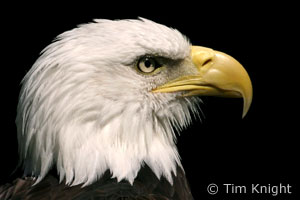
Females are larger than males, weigh from 10-14 pounds, and have a 6½- to 7-foot wingspan. Males usually weigh from 8-10 pounds and have a 6- to 6½-foot wingspan.
Where they live: This species is common along salt and freshwater bodies at lower elevations throughout western Washington. Click the range map to learn more about the distribution of Bald Eagles in Washington. What they eat: Bald eagles feed on live fish that they snatch out of the water using their sharp talons. The undersides of eagle's feet are rough, and keep the fish from slipping from the eagle's grasp. They also feed on dead spawned salmon along the stream banks. Bald eagles eat ducks and other birds in addition to small mammals. In the San Juan Islands, eagles hunt rabbits as the main source of food. (BirdWeb)
Behavior: Bald Eagles are typically seen soaring on flat wings, flying with strong, slow wing beats, or perching in tall trees near rivers or lakes. They are both predators and scavengers, and tend to be opportunistic feeders. They swoop down to the water or ground with feet thrust forward to snatch prey, then fly off with the catch held in their powerful talons. Bald Eagles start breeding when they are mature at 4 to 6 years old. Once they find a suitable mate, they often remain paired for life.
Bald Eagles typically breed in pairs. The female lays 2 eggs, at the end of February or the first days of March. Both parents incubate the eggs for 34 to 36 days. For the first two weeks after the young hatch, one parent is with the chicks almost constantly. Conservation: The bald eagle was officially listed as an endangered species in 1976. In 1995 the bald eagle was downlisted to threatened. It is considered a threatened species by the Washington Department of Fish and Wildlife. In Washington, there are currently more than 550 active Bald Eagle nests, including many in urban settings like Seward Park in Seattle.
Did you know?
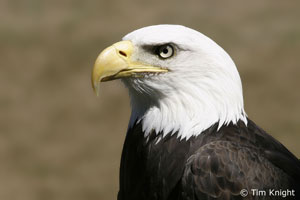
Adult Bald Eagle More information: BirdWeb: Bald Eagle
All About Birds: Bald Eagle Animal silhouettes available to purchase » Home | About Us | How to Participate | Biodiversity Modules | Projects | Maps | News | Resources |
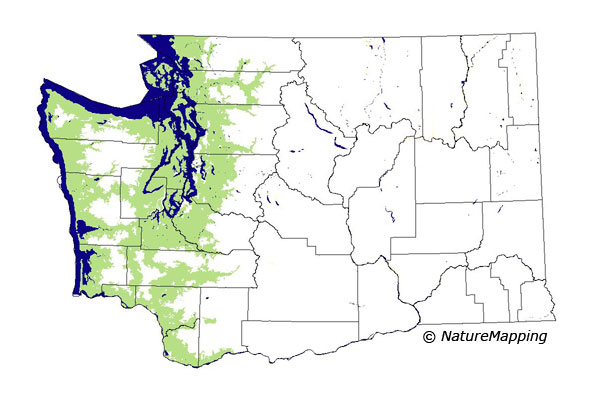
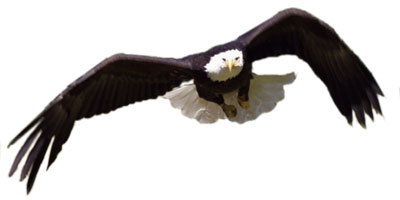
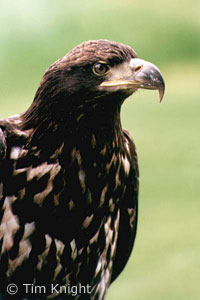 Nesting:
Bald Eagles build large stick nests, called eyries, in tall trees or on cliffs.
They keep adding sticks to the nest yearly until the size reaches up to 9 feet in diameter and weighs up to 2,000 pounds!
Nesting:
Bald Eagles build large stick nests, called eyries, in tall trees or on cliffs.
They keep adding sticks to the nest yearly until the size reaches up to 9 feet in diameter and weighs up to 2,000 pounds!